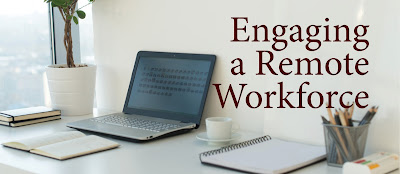How Business Credit Affects Your Supply Chain

From ThomasNet : Your supply chain is similar to a line of standing dominos, if one piece goes down, it could cause a chain reaction and take all the other pieces down with it. If you have a supplier or manufacturer in your supply chain that goes bankrupt or consistently delivers late, you could have a serious disruption on your hands. It makes sense that you’d want to take the necessary precautions when choosing new businesses to add to your supply chain, in order to try and avoid the domino effect. But, you can’t exactly predict the future, so you’re often taking the risk that a key component to your operations may fall flat. There are a few ways, however, that you can assess a potential supplier or manufacturer and decide in advance if it seems stable enough to add to your supply chain. By analyzing a business’s credit report, you can use data and predictive scoring to help you decide which companies you want to partner with.





